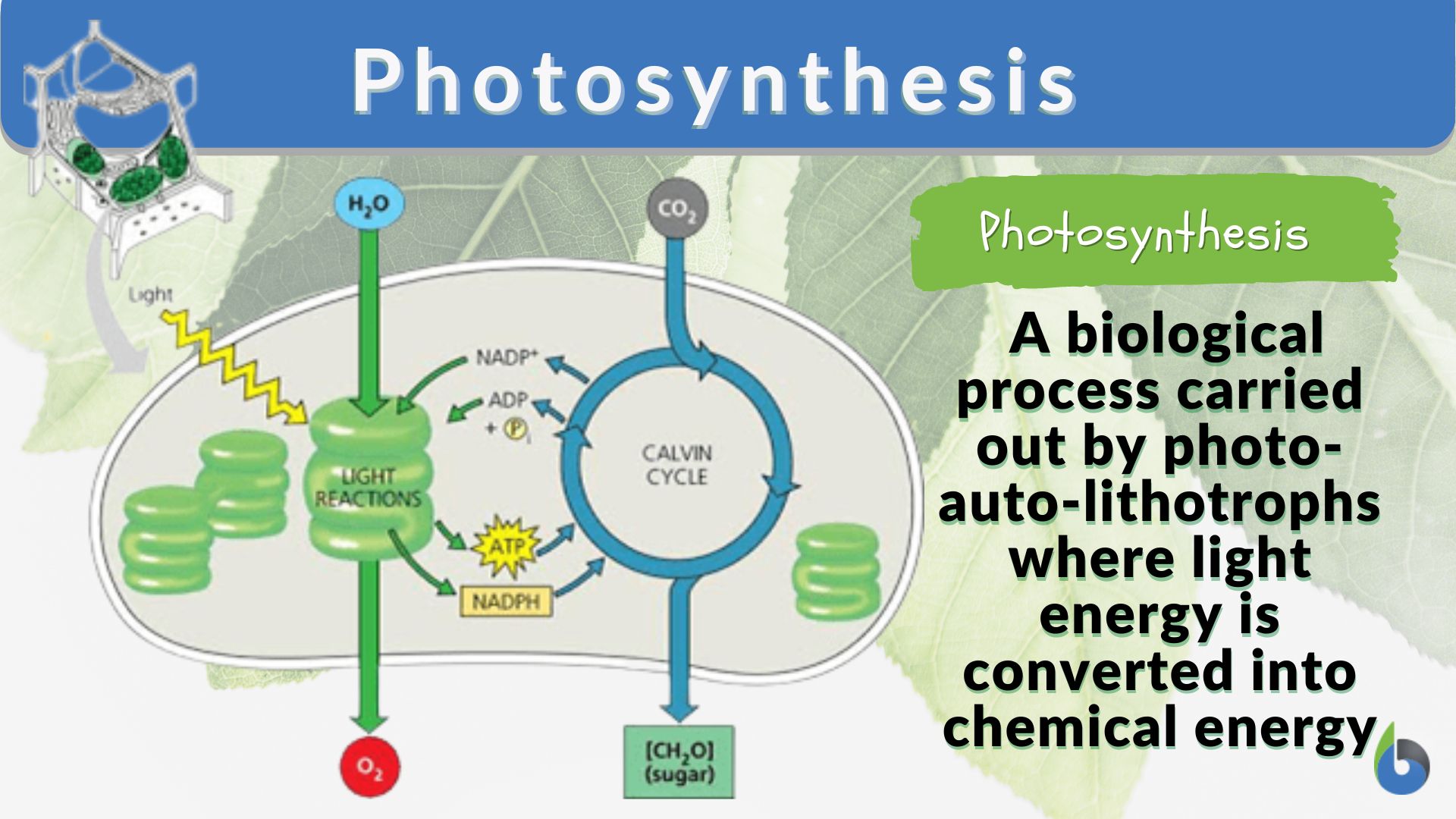
Great Oxygenation Event
n., /ɡreɪt ˌɒksɪdʒəˈneɪʃən ɪˈvɛnt/
Definition: The surge of dioxygen levels in the Earth’s atmosphere as a result of biological activity (photosynthesis)
Table of Contents
Great Oxygenation Event Definition
The Great Oxygenation Event is defined as the surge of dioxygen (O2) levels in the earth’s atmosphere as induced by the biological activities of living organisms, particularly photosynthesis. It occurred during the Archean Eon (arguably during the transition from the late Archean Eon to the early Proterozoic Eon) of the Earth’s geological history. The early photosynthetic prokaryotes, such as cyanobacteria, triggered this event when their heightened photosynthetic activity led to oxygen production and eventual accumulation 2.4 billion years ago. This event marks a dramatic shift in the composition of Earth’s atmosphere, characterized by a substantial increase in atmospheric oxygen levels.
Etymology: The term “Great Oxygenation Event” is a descriptive phrase that reflects its significance as a major geological and biological transition.
Synonym: Oxygen Catastrophe; Oxygenation Crisis; Oxygen Holocaust;Oxygen Revolution; Great Oxidation
Abbreviation GOE
EGU GIFT2018: The great oxidation event, 2.3 billion years ago:
Historical Context
The GOE is typically associated with the early Archean Eon to the early Proterozoic Eon, potentially lasting several hundred million years. The exact starting point and end point are still unclear as it was a very long gradual process. What is clear though is that the GOE is a defining moment in the Earth’s timeline as it signifies the pivotal transition of the Earth’s atmosphere. From being dominated by gases like methane and carbon dioxide and anaerobic (or very low oxygen concentrations) in the early times, the modern Earth’s atmosphere has become aerobic as it now contains a significant amount of molecular oxygen (O2).
Let us now see some of the highlights that occurred just before, during, and after GOE:
- Pre-GOE: Prior to the pinnacle of GOE, the Earth’s early atmosphere was reducing. The gases that dominated the atmosphere included methane (CH4 — a biogenic as well as a volcanic gas) and carbon dioxide (CO2). Note that oxygen was already present on the early Earth as a result of nonbiological processes, e.g. photodissociation of water vapor in the upper atmosphere by ultraviolet (UV) radiation from the sun, volcanic outgassing at mid-ocean ridges, and oxygen sinks (e.g., oxidation of reduced minerals, like dissolved iron molecules, like Fe2+).
- Shift from anoxygenic to oxygenic photosynthesis: Primitive organisms, such as cyanobacteria (blue-green algae), emerged, which, unlike the anaerobes, developed the capability of harnessing solar energy to convert carbon dioxide and water into energy-rich organic carbon products (e.g. glucose) and oxygen. The process is referred to as oxygenic photosynthesis (as opposed to anoxygenic photosynthesis which does not produce oxygen). This time, oxygen was sourced biologically. However, oxygen that was generated and released from photosynthesis as a byproduct was not enough to accumulate at this point. The rate of production was relatively low compared to the rate of oxygen consumption, especially by both biological and physico-chemical reactions.
- Nickel Famine Hypothesis: It is suggested that during the early stages of the GOE, there was a plausible “nickel famine” (oceanic nickel depletion) as the cyanobacteria would have to compete against anaerobes for nickel, a crucial cofactor of metabolic reactions, including photosynthesis. The limited availability of nickel is thought of as one of the factors that hindered a rapid oxygenation event.
- The rise of oxygen: More cyanobacteria began producing and releasing oxygen into the atmosphere which eventually led to oxygen accumulation. While the cyanobacteria proliferated, the anaerobe populations had been greatly affected by the presence of oxygen, which was a toxic environment for them. The oxygen percentage increased steadily as oxygen production outpaced its consumption. This, however, was an oxygen crisis for anaerobes leading to their mass extinctions.
- Oxygenation of the Earth’s surface: As oxygen levels increased, oxygen began reacting more intensely with reduced minerals. The oxygenation of the Earth’s oceanic surface led to the precipitation of ferrous iron as iron oxides, resulting in banded iron formations (BIFs), the chemical evidence of GOE. This removed iron, an essential nutrient, from the Earth’s early oceans, potentially disadvantaging anaerobic life forms. The release of oxygen into the environment resulted in the oxidation of reduced sulfur compounds, as well. Sulfate ions were introduced into the Earth’s oceans. The sulfur cycle shifted from predominantly anaerobic to a more oxygenated state.
- Atmospheric influence, evolution, and climate shift: Oxygen, an oxidizing agent, reacted with methane (CH4) and other reduced carbon molecules in Earth’s early atmosphere. Oxygen began oxidizing methane, a potent greenhouse gas. As a result, the Earth’s atmospheric composition has changed by the significant reduction of greenhouse gases, causing the planet’s climate to change, as well.
- Metabolic shifts: From a largely anaerobic population, a huge percentage of these prokaryotes shifted to an aerobic form of cellular respiration, a novel pathway that uses oxygen as the final electron acceptor and in the process generates more energy (ATP) (thus, seen as more efficient) than anaerobic respiration. Some of the anaerobes took new niches where they could thrive, such as marine sediments and the deep oceans or ocean floors where oxygen concentrations were low.
- Ozone layer: Following GOE, a robust ozone layer (O3) began to develop forming a protective layer in the upper atmosphere that blocks harmful ultraviolet (UV) radiation from the sun, which was increasingly important as organisms began to move from aquatic environments onto land.

Biological Impact of the GOE
There came a point in the Earth’s history and timeline when free oxygen was in excess and started accumulating in the atmosphere, marking the irreversible oxidation of Earth’s surface and atmosphere. This event implicated both positive and negative impacts on early life.
- Aerobic respiration: The increase in oxygen levels in the early atmosphere allowed organisms to exploit the abundant oxygen in their cells for use in biological processes, such as cellular respiration. The aerobic type of respiration is about ten times more efficient than the anaerobic type in terms of yielding ATP.
- Multicellularity: The availability of sufficient oxygen in the atmosphere is one of the climactic events that led to the development of the multicellularity of life on Earth. The ample energy from aerobic respiration has supported the energy demand of more complex life forms, such as those comprised of multiple cells.
- Organic matter accumulation: Organic matter, such as dead organisms and organic detritus, accumulated in the absence of oxygen. This led to an important shift in nutrient cycling as well as new niches, particularly for anaerobes.
NOTE IT!
The GEO shaped the Earth as we know it today. The high concentration of oxygen on the modern Earth makes it an enabler of a highly diverse life, which makes the Earth different from the other planets of the Solar System.
References
- Sosa Torres, M. E., Saucedo-Vázquez, J. P., & Kroneck, P. M. H. (2015). “Chapter 1, Section 2 “The rise of dioxygen in the atmosphere””. In Peter M.H. Kroneck and Martha E. Sosa Torres. Sustaining Life on Planet Earth: Metalloenzymes Mastering Dioxygen and Other Chewy Gases. Metal Ions in Life Sciences 15. Springer. pp. 1–12.
- University of Zurich. (2013, January 17). Great Oxidation Event: More oxygen through multicellularity. ScienceDaily. Retrieved from www.sciencedaily.com/releases/2013/01/130117084856.htm
- Flannery, D. T.; R.M. Walter (2012). “Archean tufted microbial mats and the Great Oxidation Event: new insights into an ancient problem”. Australian Journal of Earth Sciences 59 (1): 1–11.
©BiologyOnline.com. Content provided and moderated by Biology Online Editors.







